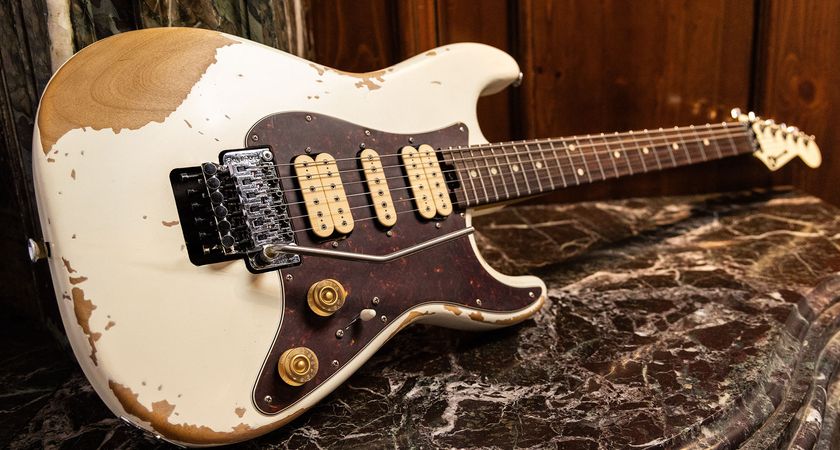How to synthesize an analogue-style kick from scratch
Making your own kick has many benefits, and is simpler than you’d think
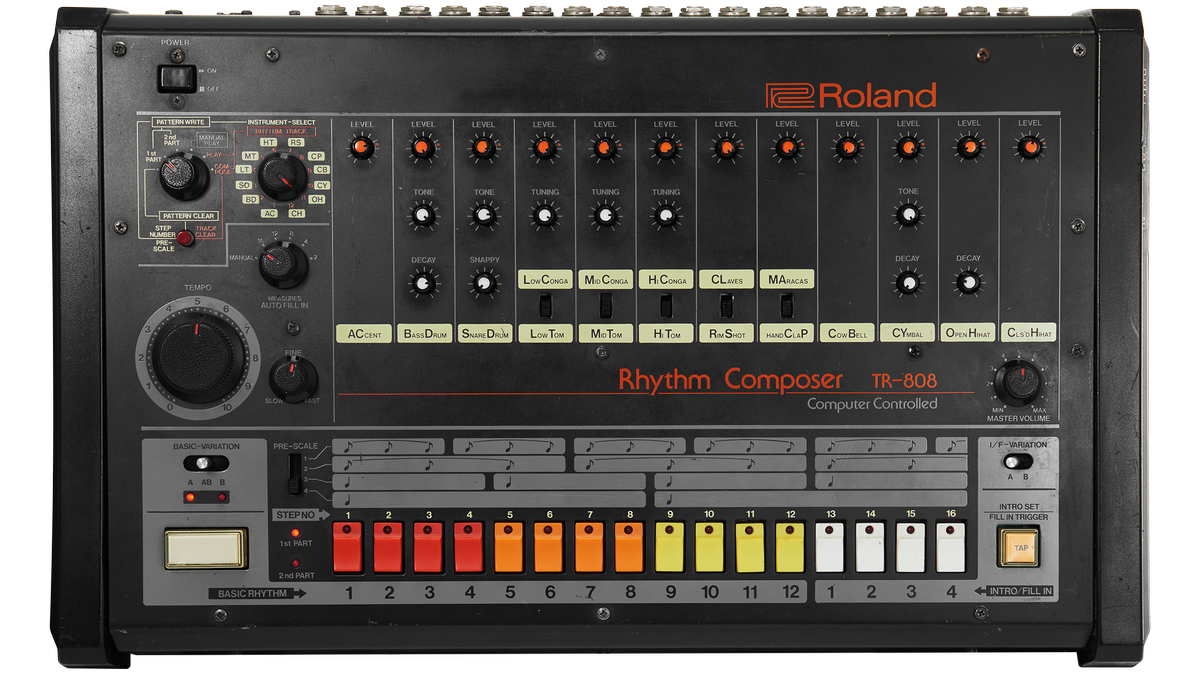
Over the coming days, we'll be publishing a series of tutorials that cover the most essential, bread-and-butter synth patches in every aspiring synthesist's arsenal as part of our guide to the 15 synth patches every producer should know. Today, we take on the analogue-style kick.
Many producers use premade samples, often captured from classic hardware. This captures the exact sound of the unit, but also means that you’re stuck with the sample’s particular timbre and pitch curve.
For realistic drum kit sounds, a sample or recording will always offer more realism. However, electronic drum machine kicks are commonly created using fairly simple synthesis approaches that can be easily replicated in a synth and doing so offers a more customisable approach.
The kick we’ll create is in the same ballpark as a classic 808 – a weighty kick that could also be used as a bass part – but with a few adjustments it can suit a variety of different styles. For further flexibility, try layering a synth kick like this with a sampled attack or top layer for extra depth.
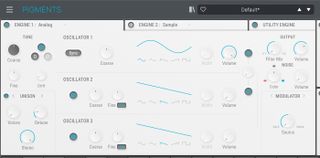
The actual kick sound from the original 808 is made using a resonating CV trigger – essentially a short pulse in a feedback loop. However, it’s simple to recreate most of its character using a simple subtractive synth (any with a filter and a few routable modulation sources will do). A basic sine oscillator gives us a clean sound that works well as a start point.
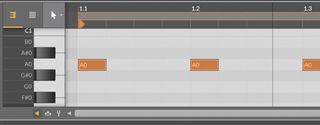
According to the original 808 manual, the kick was supposed to be tuned to 56Hz – the equivalent of a slightly sharp low A in note terms. In DAW terms, anything between E0 and C1 on a piano roll will sound about right. Feel free to experiment though. At this stage we’re simply looking for low-end weight; we’ll add mid-range punch next.
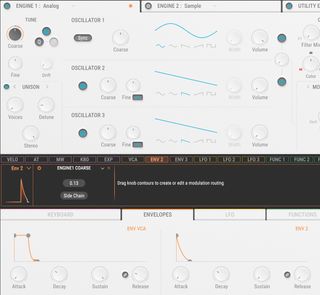
The key to turning this into something kick-like is the use of envelopes. The first is a short A/D envelope, routed positively to course oscillator pitch, and used to create a snappy ‘punch’ at the start of the sound.
Get the MusicRadar Newsletter
Want all the hottest music and gear news, reviews, deals, features and more, direct to your inbox? Sign up here.
The key parameters are decay and modulation. More modulation will result in a more audible punch. We want a short decay; too long will sound ‘bouncy’, but too short can be clicky.
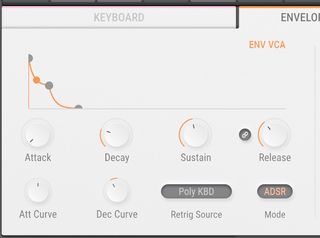
Next we turn to the amp envelope. This will shape the overall length and volume of the kick. We’ll keep the attack near minimum so our kick maintains punch, but beyond this there’s no right or wrong settings.
Shape your kick to suit the pace and tone of your track. A short decay with a little sustain will help to add body, while long release will introduce that classic drawn-out, 808-style sub.
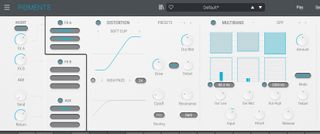
Effects bring this kick patch to life. A little saturation will go a long way to helping the sound gel, while more overt distortion can help a sub-heavy kick cut through a mix. Compression will help shape your kick too. We’re using Pigment’s multiband compressor to add further low-end weight and emphasise the attack punch.
Pro tip
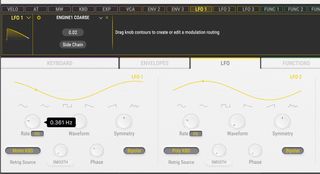
Long 808 kicks have a clearly defined pitch, although their tuning isn’t quite stable and rises and falls as the decay trails off. Replicate this using a slow sine or triangle LFO, set to retrigger with each kick, and routed to introduce a subtle drift in oscillator pitch.
Jon is a London based platinum award winning mixer, producer, composer and club remixer with a diverse CV that spans dance, pop, rock and music for media. He’s also a long term contributor to MusicRadar's music technology tutorials and reviews. Whether working alone or collaborating he usually handles final mixdowns, so you’ll also find MusicRadar peppered with his handy mixing tips.
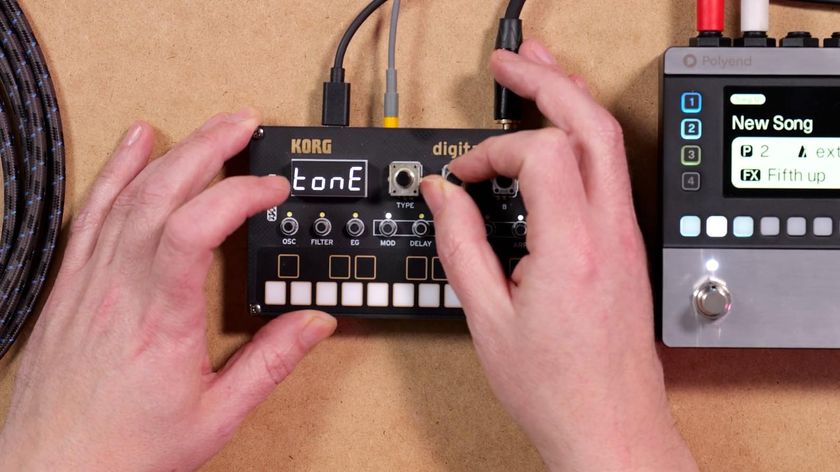
“I don’t know why I’m apologising for Korg on their behalf…”: There’s a lot we love about Korg’s latest DIY synth – but it has one significant problem for owners of the original
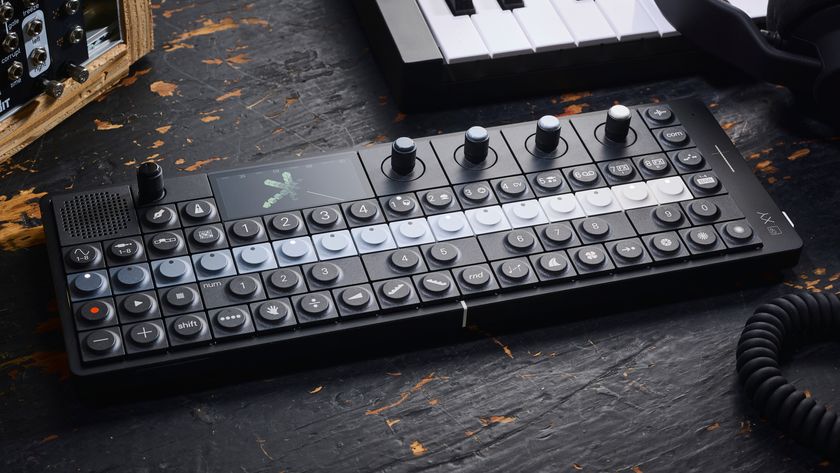
"It costs too much and we don't need it but, yes, we really do want one": Teenage Engineering OP-XY review

